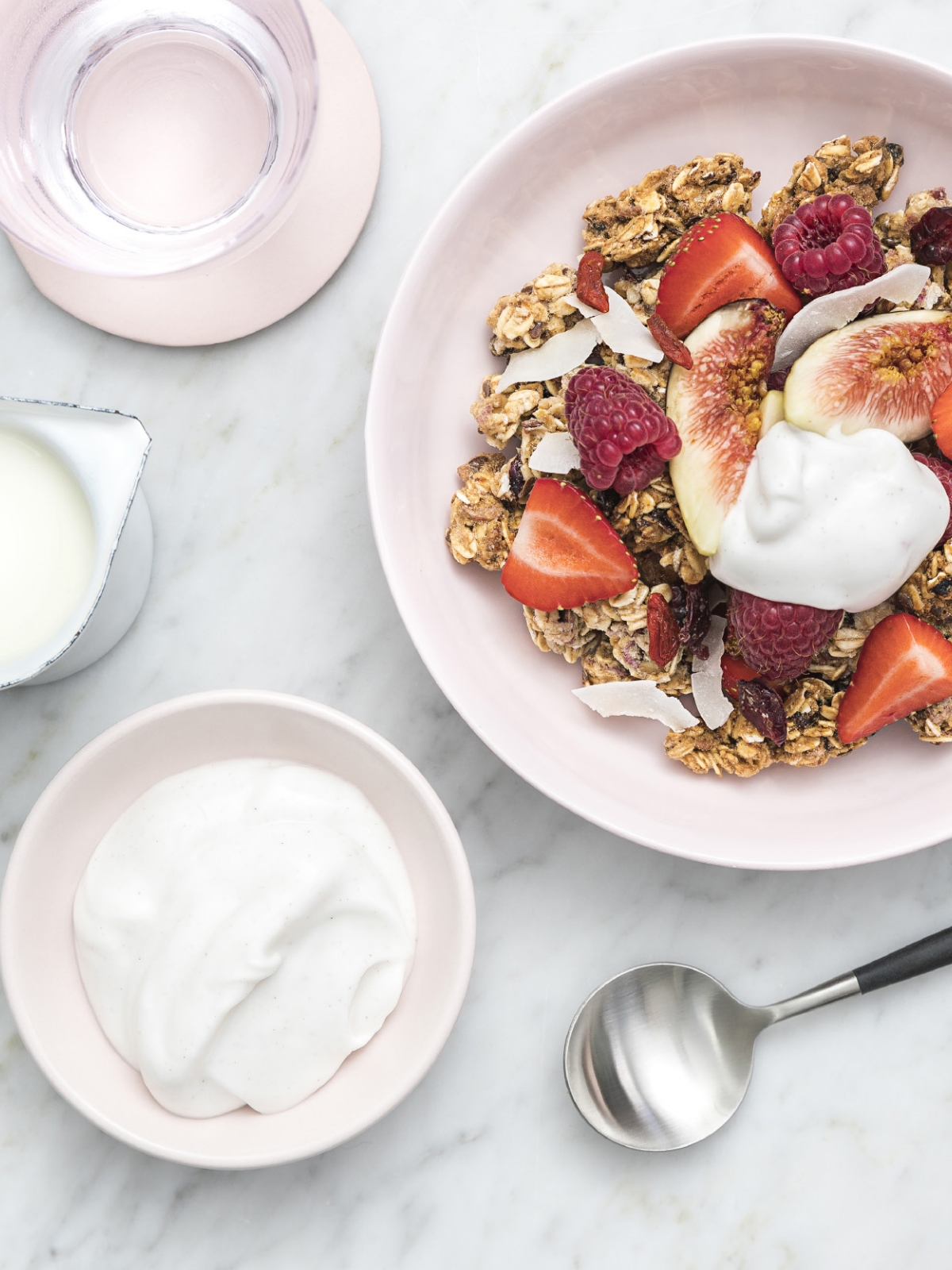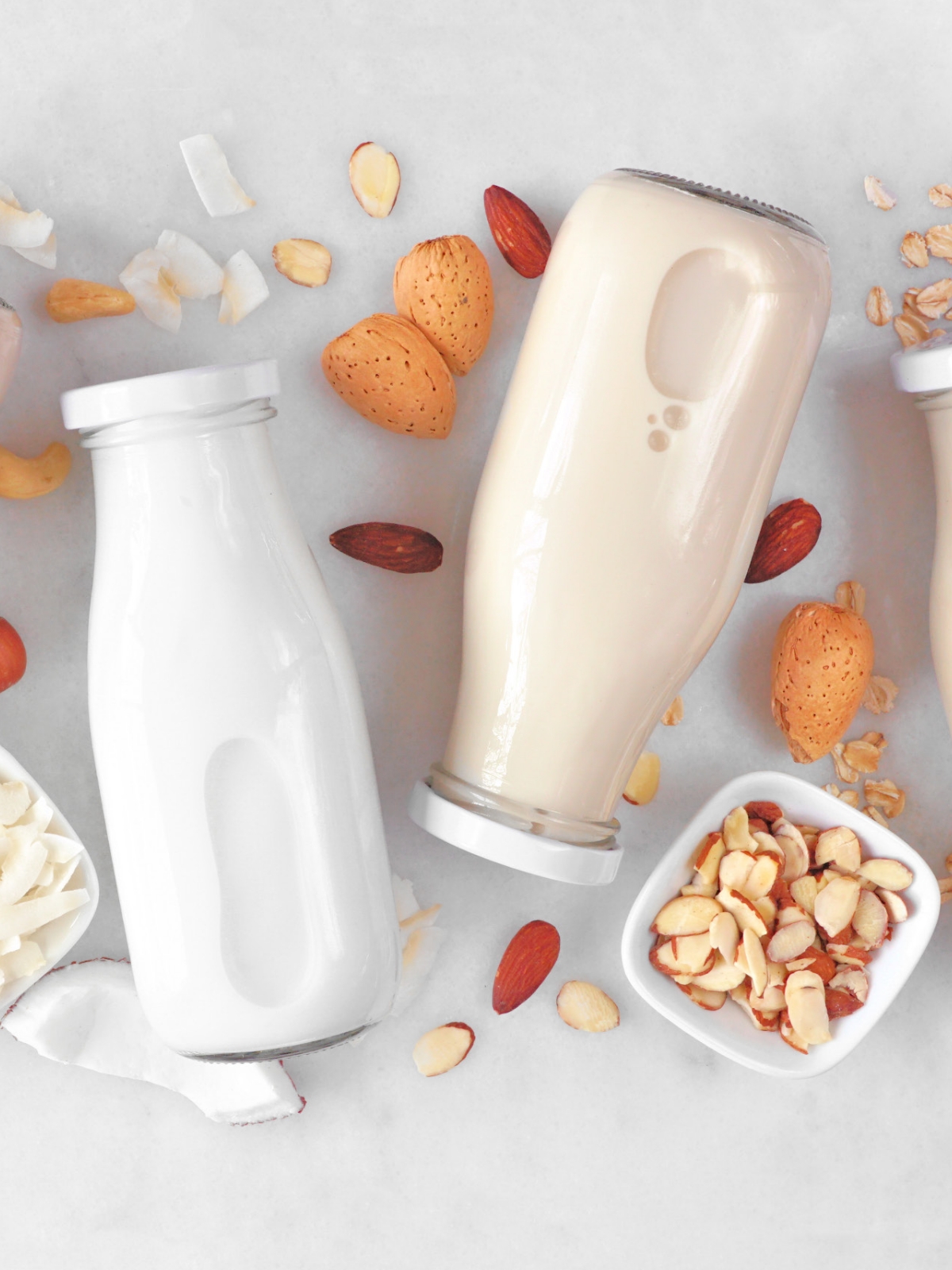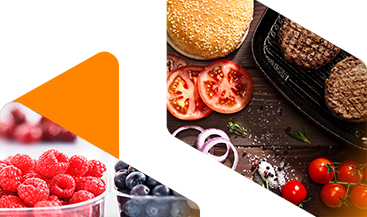
Dairy innovation and mindful nutrition
Today's health-conscious consumers are increasingly demanding that ingredients are Better for Me and Better for the Planet. Delivering sustainable and nutrient-dense, functional products in the Dairy sector is becoming the way we do business.
The prevalence of dietary-related health conditions has driven a need to improve diet, aided by a greater understanding of nutrition's role in health and well-being. Consumers are now fully engaged with the "Better for Me" concept, but still struggle to achieve the right balance. So, to avert a public health crisis, regulatory authorities are becoming increasingly involved with initiatives including:
- Front-of-Pack labeling systems, such as the French Nutriscore, are effective in communicating nutrient density through easy-to-read color-coded graphics;
- Sugar taxes; and
- High Fat, Salt, and Sugar (HFSS) advertising regulations: this will restrict the advertising of products in the UK that does not achieve a "healthy score," based on a healthy-nutrient weighted calculation.
Opportunities arise from this, and product developers are responding by accessing ingredients that reduce fat, salt, and sugar, and make a positive contribution to nutrient density through enrichment with protein and fibers, for example. This enables a more mindful approach to nutrition, allowing consumers to select products that, not only satisfy their primary concerns of dietary health but extend to the wider context of "well-being." Including post-COVID-19 immunity, self-care, and mental well-being as we recover from a time of health uncertainty.
With pressures on food security and sustainability, products that are "better for consumers" also need to be "better for the planet." New and reformulated products must "do- good" from a diet and nutrition perspective, but also contribute to overall planetary welfare. This is increasingly seen with the wide range of functional ingredients, which help reduce fat, salt, and sugar and are also certified as organic.

Plant-based dairy alternatives
The dairy alternatives market in North America is expected to grow at a CAGR of 9.57% during the forecast period from 2020-2025 (1, 2).
Among the drivers for growth are an increased consideration of allergies, intolerance, and the uptake of plant-based diets. For example, Lactose-free ice cream has an expanding presence in the freezer cabinets alongside the growing portfolio of healthier premium dessert products, the holy grail of permissible indulgence. These innovations are providing consumers with the right balance of sensory qualities using texture modifiers, crystallization inhibitors, and natural flavors. These healthier nutritional profiles, through reduced sugar and fat offerings using key functional ingredients such as emulsion stabilizers, are also going the extra mile by enhancing nutrient density through protein enrichment.
The availability of plant-based and non-dairy offerings is also adding a new dimension and helps formulators create dairy product solutions without compromising taste, texture, or label simplicity.
Reduced-fat dairy solutions
The smoothness and creaminess, usually because of fat content, are key components of indulgent texture and mouthfeel. Certain ingredients have natural properties, such as water and fat binding, and essentially mimic the texture and meltaway characteristics of fat, so will significantly help replace fat in dairy products. Derived from natural sources, such as potato and corn, these ingredients can also help with that all-important clean label positioning.
Another great option for enhancing the mouthfeel of fat-reduced dairy products is the use of soluble fiber such fructo-oligosaccharides (FOS). The range of prebiotic fibers is no longer limited to inulin, with alternatives from cane or beet sugar becoming available. Galacto-oligosaccharides, (GOS), derived from milk, is also available for dairy products where "vegan" status is not important.
These sweet-tasting soluble fibers are also effective in sugar reduction and can be used alongside intense sweeteners such as stevia, sucralose, or Polyols such as Erythritol. The use of soluble fibers has the added benefit of providing additional fiber to the product, as well as prebiotic properties. Depending on addition rates, nutrition and health claims relating to fiber content and prebiotic benefits could be used, depending on the region.


Dairy-free and dairy alternatives
There is also an opportunity to widen the appeal of indulgent products by looking at the free-from possibilities, such as the dairy components which can be exchanged for vegan alternatives, or removing certain allergens by considering other protein sources such as oats, pulses, and rice.
As an alternative to dairy, more and more consumers are seeking plant-based beverages, shakes, and desserts that are high in protein, minimally processed, pure and natural, and also taste great.
The focus of these ingredients goes right to the heart of the technical challenges by not only taking on milk in the plant-based beverage market but also ice creams and sweet-dairy desserts. These ingredients can also be successfully applied in some of the more challenging products, such as spreadable cheese. These solutions should not be thought of in isolation in terms of developing vegan dairy alternatives, but their functionality should be embraced for implementing healthier eating reformulation strategies.
The power of enzymes in milk and dairy products
Enzymes can unlock the nutritional potential and functionality of milk and optimize the performance and profile of dairy products. Enzymes are typically classified as processing aids, so are not required to be listed on the ingredient statement, keeping that all-important label clean!
Sugar is increasingly recognized as being the most significant contributory factor in diet-related disease and so reducing sugar in dairy formulations is important.
In other product categories, sugar reduction typically results in an expanded ingredient declaration as taste, texture, etc., are replaced and rebuilt. The application of enzymes in milk, namely Lactase, can break down the milk sugar (lactose) into components with greater sweetness, allowing lower in-use levels, and so reducing sugar.
Enzymes can also be used to convert lactose to GOS, a soluble fiber, which can enable fiber and prebiotic claims. These are innovations that can be used in milk, yogurts, and ice creams, as well as other dairy-based desserts. Lactase breaks down the lactose into glucose and galactose. The result is a low lactose product, making it more accessible to the estimated 68% of the world's population who suffer from Lactose malabsorption (3).
Sports nutrition products, such as those high in protein, appeal to a much wider consumer base to help improve energy levels and help keep active. Whey protein hydrolysates are a great ingredient to incorporate into beverages but often come with technical challenges which might limit their application. The right enzymes can again be employed to address the functionality issues of shelf stability and taste profile. The secret is to know the solution exists, and who to ask.
But it's not just about the nutritional profile. Desserts need to be indulgent, and a stronger protein network within a yogurt, increases its viscosity, and the perception of creaminess and luxury can be enabled through the selection of the right enzyme treatment.

Making the right choice with a dairy ingredients + innovations partner
Dairy products are under considerable pressure to provide indulgent products with improved nutritional profiles, which isn't always straightforward. But, across the wide range of dairy products, there is a significant opportunity to rise to the challenge of improving their nutritional profile. Careful selection of the right ingredients, with the right partner, certainly has to be the most positive step any producer can make.
Discover more at univarsolutions.com/foodology or contact us at [email protected] (+1-800-531-7106).
When it comes to dairy products, whether ready-to-drink (RTD) beverages or luxury desserts, don't overlook enzymes and the benefits they can unlock.
References
-
1. Global Dairy Desserts Market – Industry Trends and Forecast to 2029
2. https://www.databridgemarketresearch.com/reports/global-dairy-desserts-market
3. https://www.mordorintelligence.com/industry-reports/north-america-dairy-alternatives-market
4. Storhaug CL, Fosse SK, Fadnes LT. Country, regional, and global estimates for lactose malabsorption in adults: a systematic review and meta-analysis. The Lancet. Gastroenterology & Hepatology. 2017;2(10):738–746.

Access your SDS now through your account. New customers can request one here.


 EMEA
EMEA Latin America
Latin America North America
North America Asia
Asia